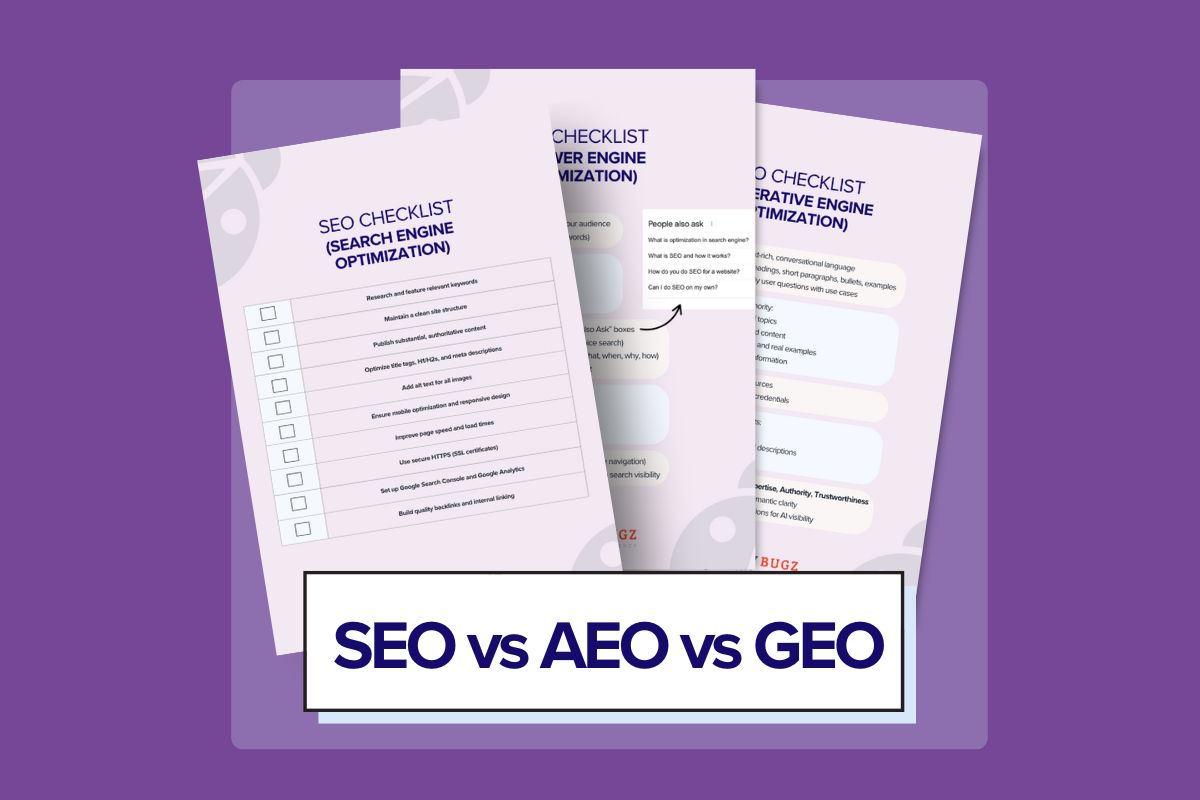Content marketing has long been one of the most attainable, cheap and effective ways to generate site traffic. But with competition on the rise and constant content generation, it can be easy for old content to start clogging up your site and going unused. However, this can be avoided, and not only that, old articles and posts can be used to your advantage.
Because of this, we’re going to look at how you can use old content to generate traffic. We’re also going to cover strategies for trimming the fat and how to give old content a facelift. So, without further adieu, let’s get started!
Audit Your Old Content
Think of this stage like going into your garage, attic or storage space and taking inventory. You walk in and look over all the old things that have been put away, and some things you forgot you even had.
It’s important to start off by combing through old content. Find the pieces that are still usable, relevant and high quality. Basically, you’re looking for anything that’s evergreen or could be edited into being evergreen. The length and interest of the posts should also be considered, but relevance is the big factor here.
Trim the Fat
Once you’ve selected some of your favorite pieces, it’s time to start trimming out what you can. Some articles may be entirely unusable, and some may need more than just a small facelift.
Before you start deleting content, you may want to go through and find ideas that can be used in the future. Maybe an old blog post has dead links, poor research or photos that are no longer hosted. However, the post’s main topic could still be relevant and usable. Even if it’s not worth the effort of editing the old content, you may still be able to rewrite it.
After you’ve got your list of ideas and the posts you want to salvage or recirculate, the rest can go. Once you’ve done your deleting, it’s time to move on to the next step.
Refresh Relevant Content
Once you have your lists prepared and you know what pieces are worth bringing back to the light. Refreshing old content is much more worth it than just deleting everything in a batch and being done with it.
Content creation can take a long time, especially consistent creation. It’s much easier to ensure high quality when you already have a frame to work with. Some pieces will definitely need more work than others, and some may even be ready without any editing at all. Whatever the case may be, there are some rules you can follow and strategies you can employ to make the process go as smoothly as possible.
Strategies for Refreshing
Earlier we talked about creating evergreen content, and that is one of the most important parts of SEO. Basically, the longer that your content is relevant, the higher the likelihood that people will search for it over time.
Take news stories for example. They generate a lot of traffic very quickly, but once newer stories come out, that old content dies out very quickly. However, a piece on how to promote customer loyalty will be relevant for much longer.
Plus, if you fill the piece with evergreen advice as well as an evergreen topic, it will only stay more relevant. Extending the lifespan of content gets you much more bang for your buck.
So, the first — and most important — strategy is to remain evergreen.
Secondly, exercise quality over quantity. SEO used to be all about throwing new content out as fast as possible in hopes that something would stick. That’s just not the case anymore.
Google promotes longer, higher-quality content for its search results. So basically, content that is longer, more researched and more thought-out. It will produce more leads than massive amounts of smaller posts.
Finally, know what ideas and posts need what kind of treatment. Some of your old, shorter posts may be a part of a series or share a common theme. Maybe you came up with the ideas as a batch and they seem very related. There’s nothing wrong with that, but they could likely be used in a different way.
Decide which ideas and short posts could be combined into one larger, higher-quality post. Also, decide what pieces you’re saving require editing and need new research.
Understand Future Algorithms
Google’s search algorithm has changed over the years, as we just learned. Promotion has shifted from small, simple articles to comprehensive ones with a higher word count. However, this may not always be the case.
In the future, it will be important to be aware of how search engines promote new content. The balance may shift again so that even longer content is promoted, or keyword usage may need to change. Whatever happens, it’s important to stay updated and always be on the lookout for new changes so you can adapt accordingly.









